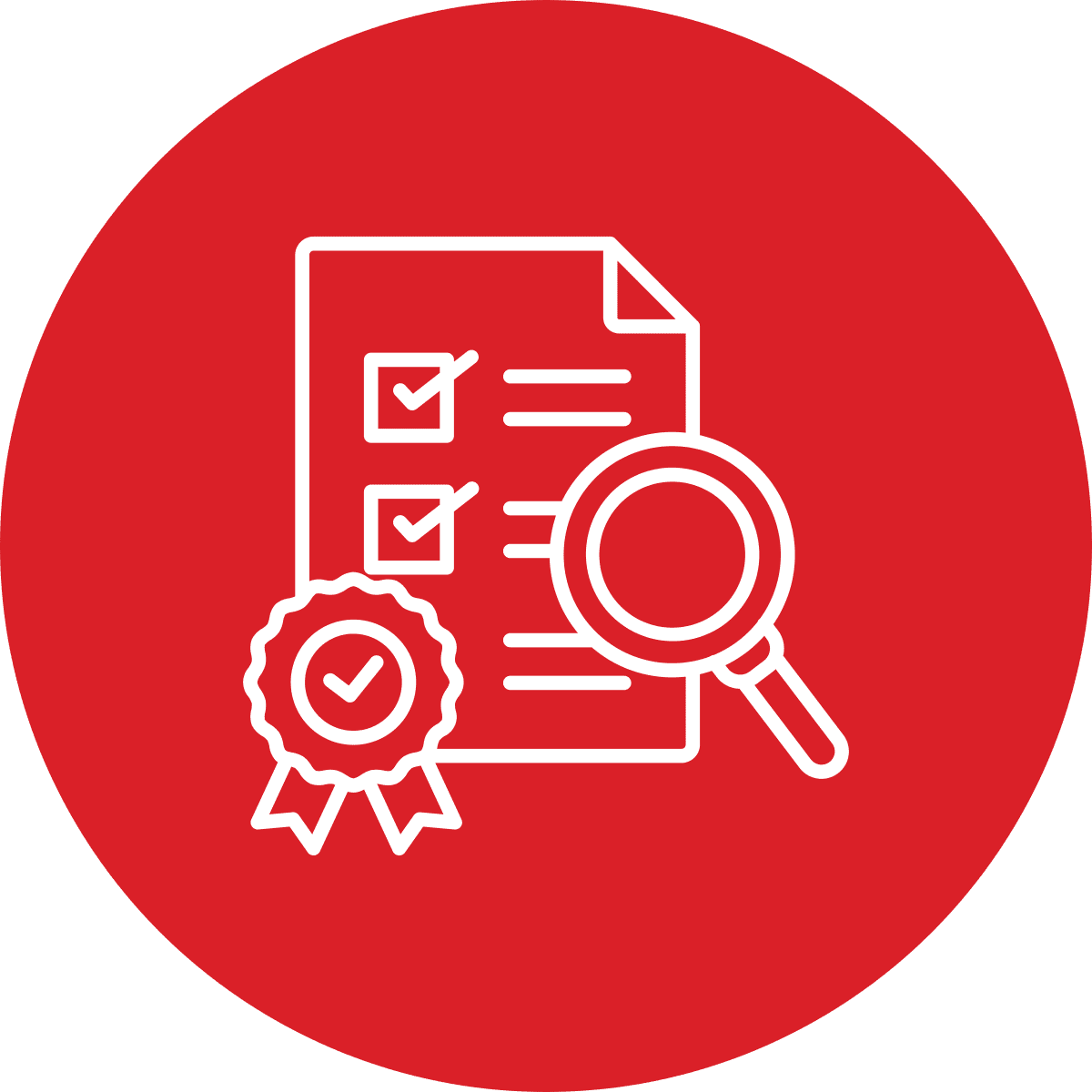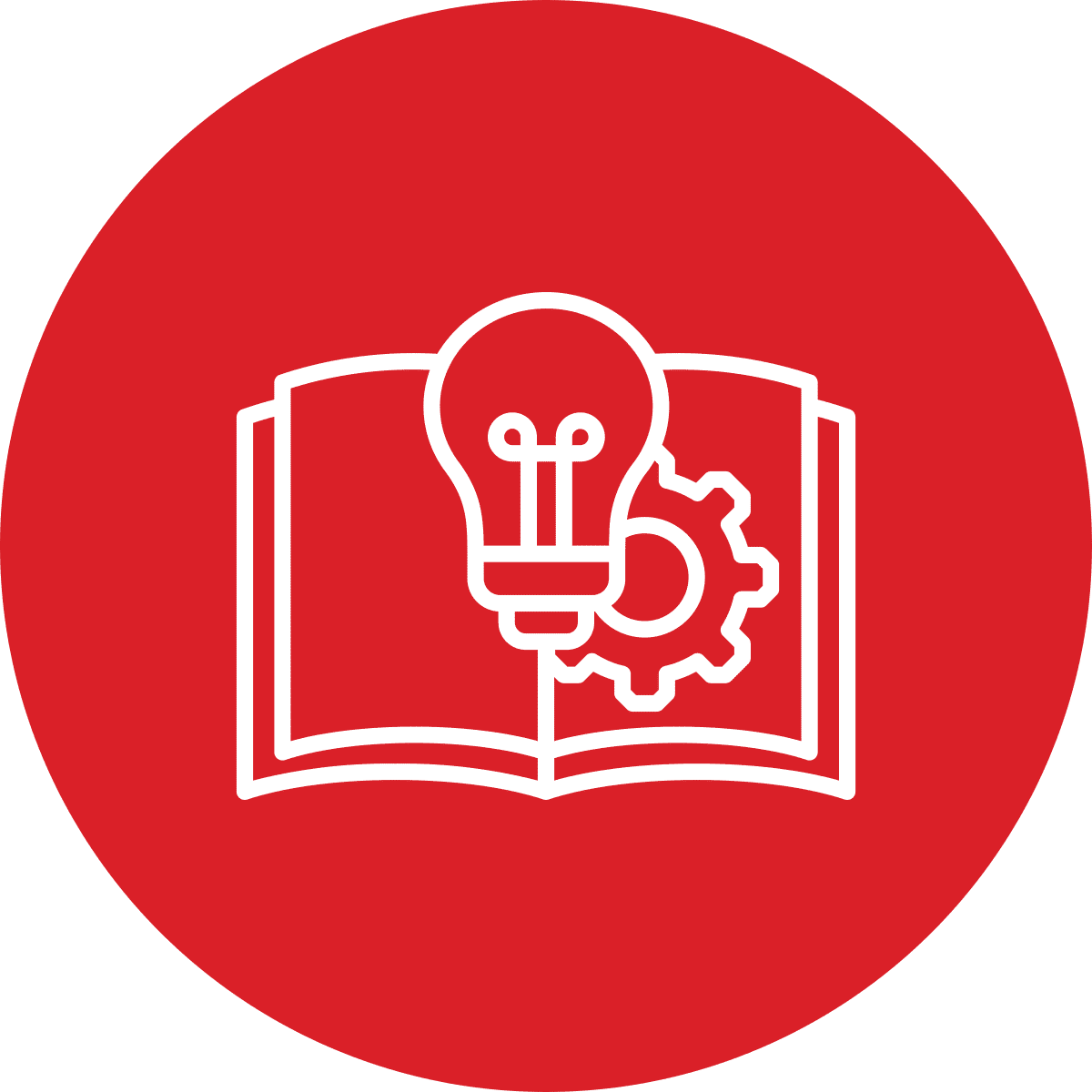Benchmark Materials and Suppliers Based on Real Data
Departments of Transportation and other Government Agencies have a need to assess the suitability and quality of construction materials for use in infrastructure building. When operating their own laboratories they face the same challenges as all Construction Materials Testing Laboratories. Additionally there is a need to ensure that the data collected is stored in a way that makes it easily accessible when and where it is required to monitor the quality of a construction project and performance of the contractor.
Replacing your existing disparate paper and software systems with a centralized solution from Spectra QEST enables business process improvements in the running of field inspection, testing and laboratory operations as well as enabling the sharing of quality data and reports between all project stakeholders. You can streamline laboratory and field testing operations, eliminate duplicate data entry and significantly reduce report turnaround time.

The Benefits
Equip yourself with Spectra QEST’s leading software tools which provide you with the following benefits:

Data in Once
Eliminate duplicate data entry through the use of a single system to meet all your field and laboratory information mangement needs, including sample tracking, data collection, results calculation, report generation and distribution, equipment calibration and billing. Integrate with the other business systems used in your organization.

Quality Control
Efficient storage, searching and analysis of test results enables reporting for quality control and quality assurance purposes, including historical material performance tables and charts.

Report Turnaround Time
Reduce report turnaround time by performing data entry/capture as part of the testing workflow (in the field or the laboratory) and electronically reviewing, approving and distributing reports.

Field Electronic Access
Allocate, track and capture field testing and inspection data in real time improving visibility into your operations and simplifying report review and approval. Provide field staff with immediate, electronic access to all laboratory information and work requests. Know whether your field staff have accepted work allocated to them, whether they are woking on it, and know when they are done.

Uniform Test Reports
Ensure consistent reporting formats between individual tests and between different testing disciplines. Support the testing from various disciplines in a single, centralized system, including concrete, aggregates, asphalt, soils etc.

Compliance
Meet compliance obligations for ISO/IEC 17025, accreditation agencies and other authorities. Track equipment calibrations, technician competency, audit trail, report approval authority, etc.

Workflow Management
Quickly and easily track work progress and plan upcoming work in the laboratory. Electronically create and assign work requests to technicians/inspectors in the field and laboratory.

Test Methods
Quickly and reliably enter raw data, calculate results and perform validations for over 600 construction materials and geotechnical test methods out of the box. Including ASTM, AASHTO, Australian Standards, New Zealand Standards, British Standards, various state DOT standards and more.
Frequently Asked Questions
Below is a selection of questions that customers ask us often.
LIMS is a common term used in the software industry for products that support the operations of laboratories. It stands for Laboratory Information Management System. Similarly, a FIMS (Field Information Management System) is a software product that field saff use to collect, manage and submit field-related information.
In more recent years, leading software products such as QEST Platform combine the two functions providing seamless support for laboratory testing, field testing, field inspections and field operatives scheduling and management providing thus a complete Technical Information Management System (a TIMS).
For two reasons:
1. Excel is a great tool, due to its flexibility, power, and adaptability. Unfortunately, these very same attributes are what make it open to misuse and risky. Laboratories that value traceable, reliable systems that prevent users misuing them and want to work fast without sacrificing accuracy, need a centralised tool that has specially designed worksheets (for data entry and calculations), integrated user competencies management, support for equipment handling (including electronic equipment interfacing where that is possible), barcode support for faster and more accurate workflow management, etc. These are common functions found in leading LIMS products.
2. Excel, being a spreadsheet, is not a good tool to database results. It is also not designed to mange equipment, technician accreditations (and provide suitable user access accordingly) and interface with electronic equipment. A LIMS is designed to support the complex operations of a laboratory and manage all laboratory assets (people, equipment, samples, specifications, test reports, billings, etc.).

